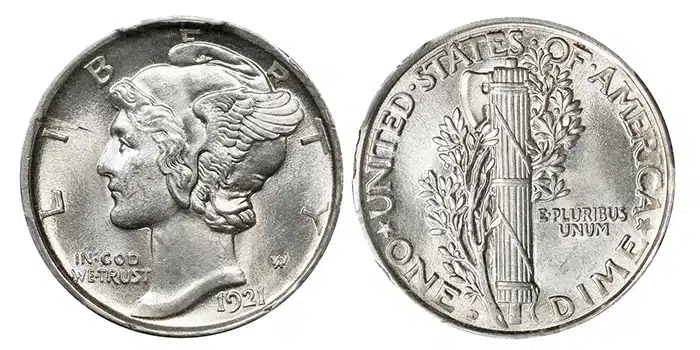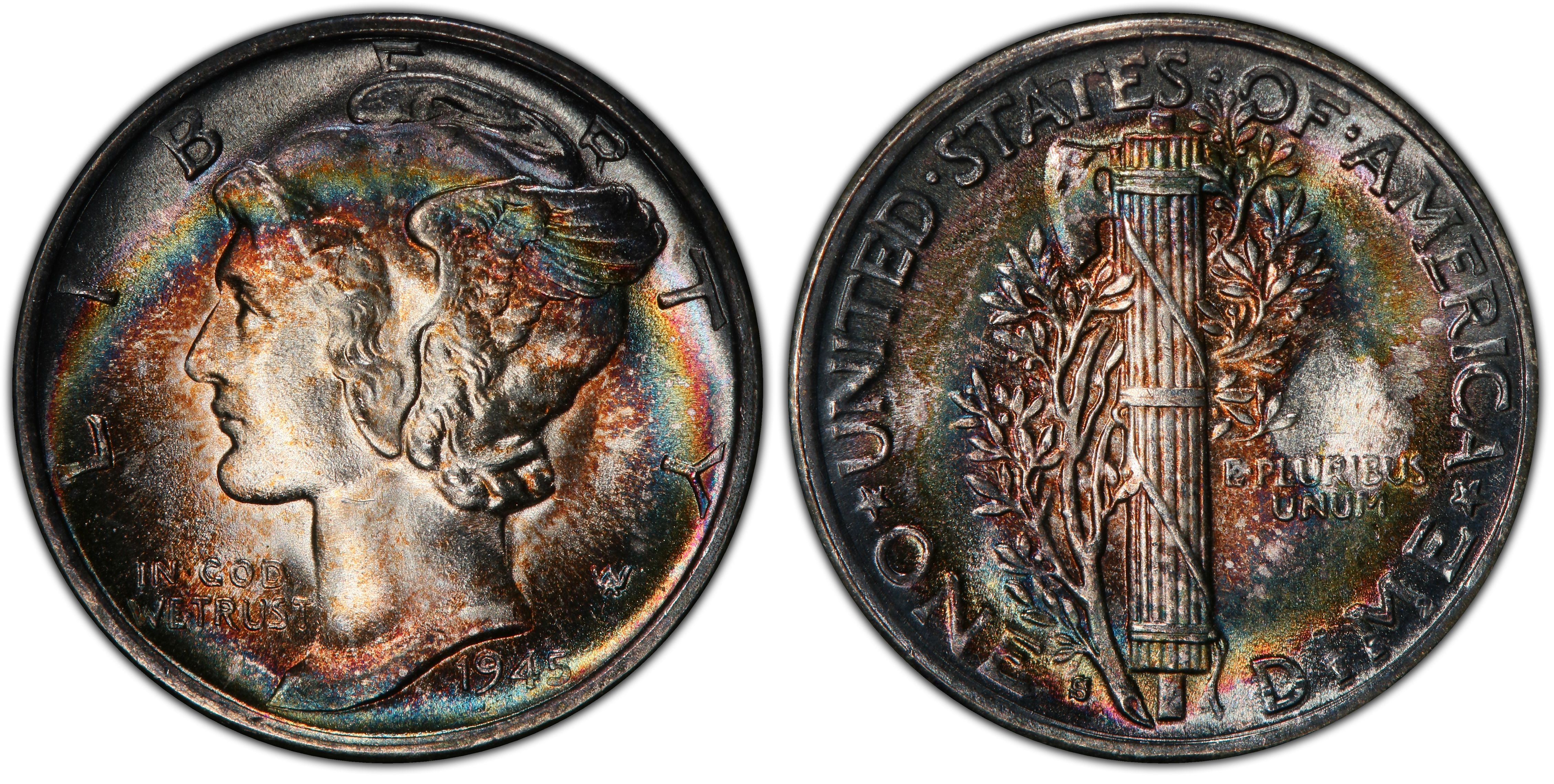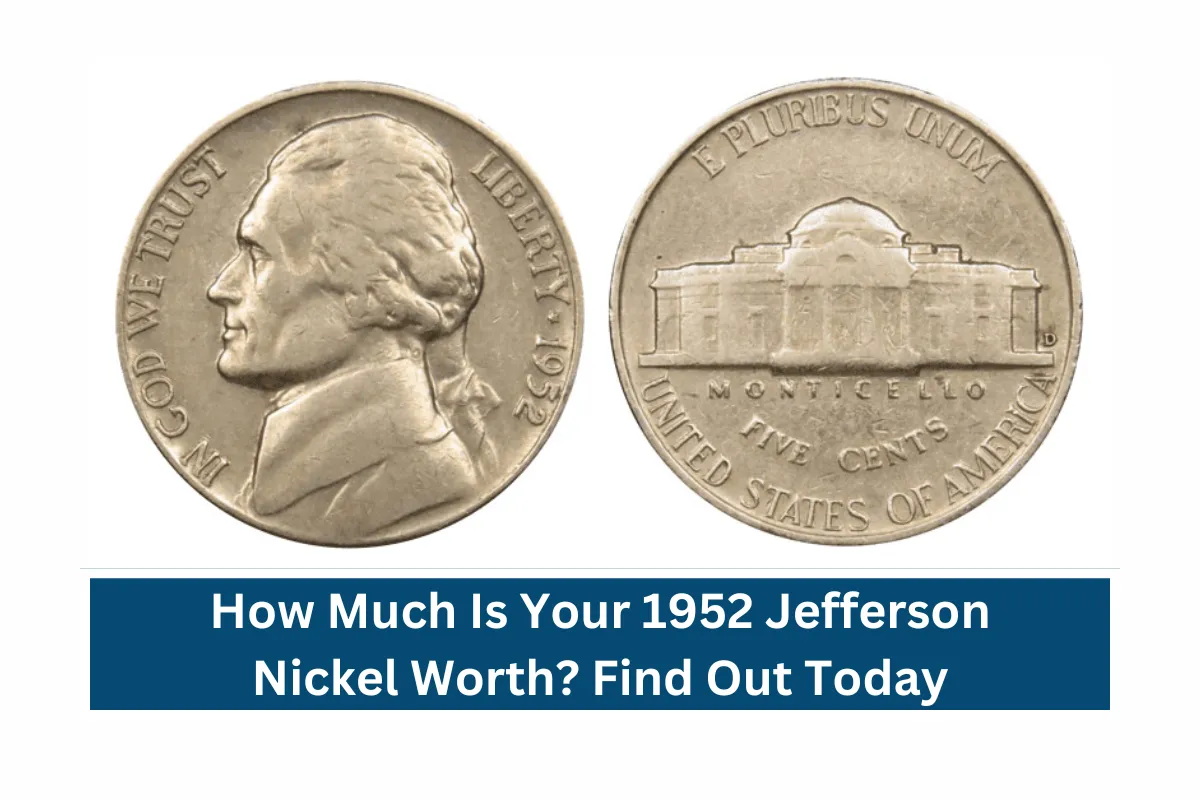Mercury Dimes, officially known as Winged Liberty Head Dimes, are an iconic part of American coinage. Minted from 1916 to 1945, these dimes are celebrated for their unique design and historical significance.
The 1916-D Mercury Dime is especially rare and valuable, making it a prized piece for coin collectors. This guide will explore the history of Mercury Dimes, the unique 1916-D edition, and other key dates that collectors should know about.
History of Mercury Dimes

The Mercury Dime was designed by Adolph A. Weinman and was first issued in 1916, replacing the Barber Dime. On the front of the coin, Liberty is depicted wearing a winged cap, representing freedom of thought.
The reverse side shows a fasces—a bundle of rods symbolizing strength and unity—alongside an olive branch for peace. While commonly known as the “Mercury Dime,” the design doesn’t actually depict Mercury, the Roman god, but rather Lady Liberty.
The 1916-D Mercury Dime: The Crown Jewel

The 1916-D Mercury Dime, minted at the Denver Mint, stands out as one of the most sought-after coins in the series. Here’s why:
- Mint Mark: “D” for Denver Mint
- Mintage: Only 264,000 pieces were produced, making it the rarest of the Mercury Dimes.
- Value: This coin can be worth thousands, even in lower grades. Mint state versions have been known to sell for tens of thousands of dollars.
- Significance: The 1916-D is significant because it was minted in the first year of the Mercury Dime series and has an extremely low mintage, making it a key date for collectors.
Other Key Dates for Mercury Dimes
While the 1916-D is the most famous, other dates are also valuable:
1921

- Description: Due to reduced minting following World War I, production numbers were low.
- Mintage: 1,230,000 (Philadelphia) and 1,080,000 (Denver).
- Value: These coins are valuable across all grades, especially in better conditions.
1931-D
- Description: Another low mintage year during the Great Depression.
- Mintage: 1,260,000.
- Value: Although not as rare as the 1916-D, high-quality examples are still highly prized.
1942/1 and 1942/1-D Overdates

- Description: This variety shows a “2” struck over a “1.”
- Value: Highly sought after, particularly in mint state, due to its rarity and unique overdate feature.
1945 Micro S

- Description: Known for its smaller “S” mint mark.
- Mintage: While exact numbers are unknown, it’s considered rare.
- Value: This variety is especially desired by specialists for its distinct mint mark.
Tips for Collecting Mercury Dimes
1. Condition Matters
- Coins with higher grades and Full Bands (FB) on the reverse are more valuable.
2. Authenticate Key Dates
- Due to their rarity, key dates like the 1916-D are often counterfeited. It’s important to have these coins authenticated by a reputable grading service.
3. Complete Sets
- Building a full set of Mercury Dimes, including key dates and varieties, is a fulfilling challenge for collectors.
4. Focus on Eye Appeal
- Coins with good luster and minimal wear are generally more attractive and, therefore, more valuable.
Mercury Dimes are a beloved piece of American numismatic history, admired for their stunning design and historical significance. Whether it’s the iconic 1916-D or other rare dates,
these coins offer collectors the chance to own a piece of the past. Collecting Mercury Dimes can be both a rewarding and educational journey, filled with the excitement of finding rare pieces that hold both beauty and value.
1. What is the most valuable Mercury Dime?
The 1916-D Mercury Dime is the most valuable due to its low mintage and high demand. In mint condition, it can be worth tens of thousands of dollars.
2. Why are they called Mercury Dimes?
They’re called Mercury Dimes because Liberty’s winged cap resembles the Roman god Mercury. However, the design actually features Lady Liberty, not Mercury.
3. How can I tell if a Mercury Dime is authentic?
To ensure authenticity, especially for rare coins like the 1916-D, you can have the coin evaluated by a certified grading service such as PCGS or NGC.
4. Are there other valuable Mercury Dime dates?
Yes, besides the 1916-D, other valuable dates include the 1921, 1931-D, and varieties like the 1942/1 overdate and 1945 Micro S.
5. How should I start collecting Mercury Dimes?
Start by researching key dates and grades, focusing on finding coins in good condition. You may want to begin with more common dates before seeking out the rarer ones.
















